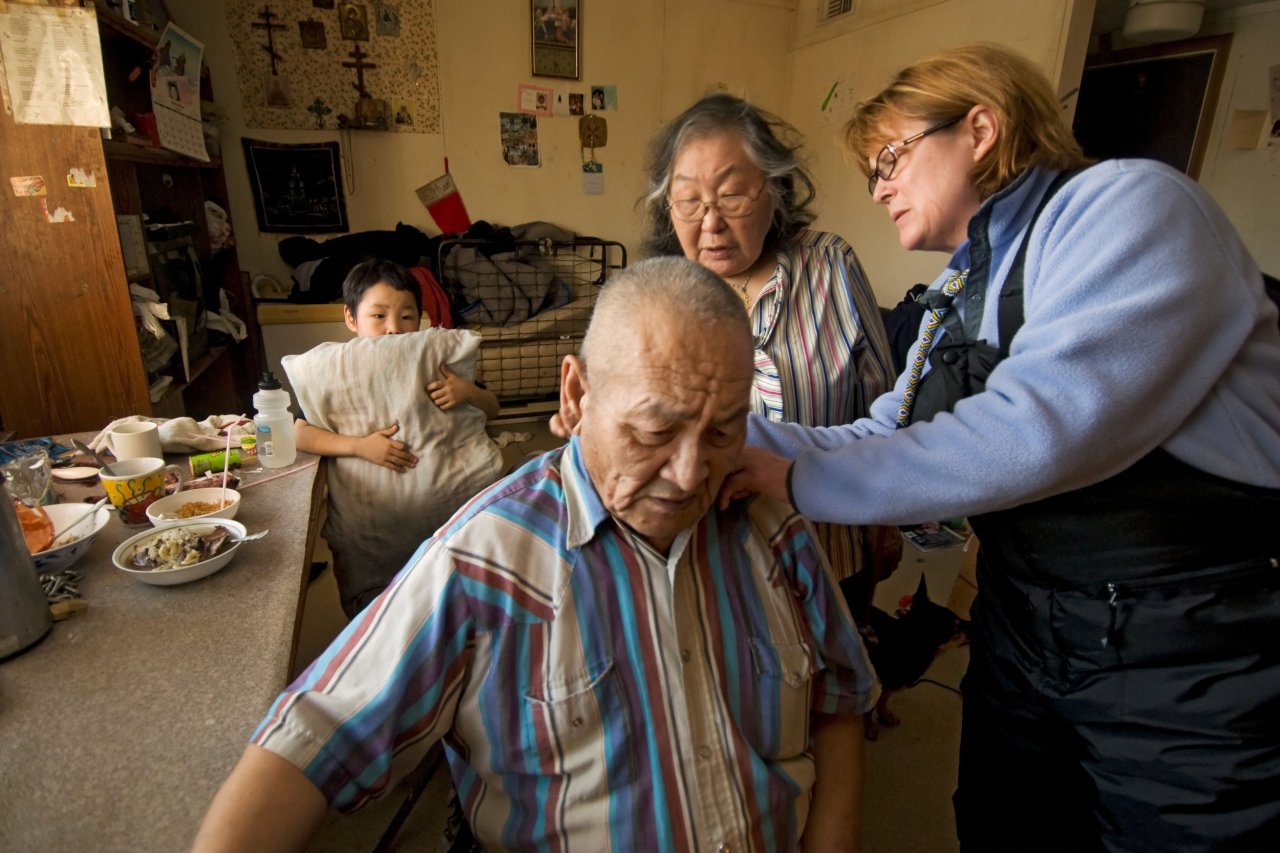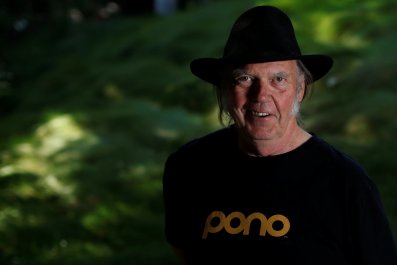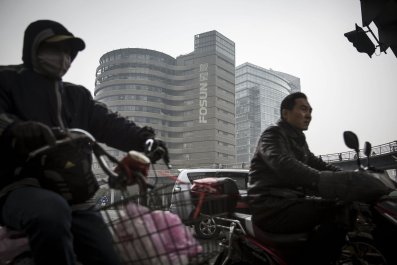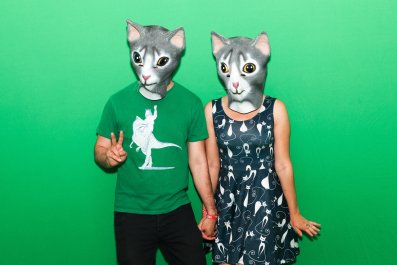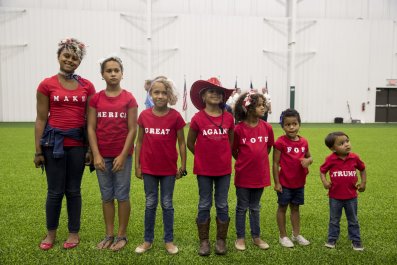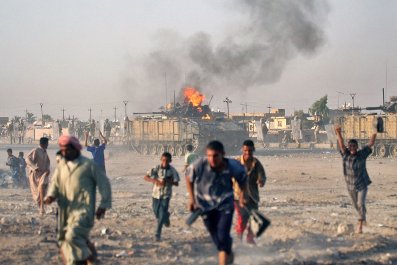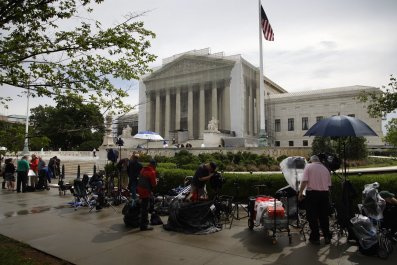There's a cruel joke often told in Indian country: "Don't get sick after June." The sick truth beneath those words is that by summertime the Indian Health Service—tasked with providing basic health care to the nation's 2 million Native Americans and Alaska Natives—has typically blown its meager fiscal year budget for its Catastrophic Health Emergency Fund. Perhaps even more dangerous to the health of natives across the United States: The IHS does not typically provide coverage for preventive services. Without those types of checkups—the mammograms, colonoscopies and other services that are mandated by the Affordable Care Act—cancers don't get found until it's too late.
This infuriates many community advocates, like Donald Warne, the first Native American doctor to serve on the national board of directors of the American Cancer Society. "People are suffering and dying unnecessarily," says Warne, who is also the chairman of the department of public health at North Dakota State University, the only master's of public health program with a Native American concentration. "If someone does not have insurance, and they're dependent on IHS, a [cancer] screening does not occur."
Some in Indian country are doing their best to change that. In 1990, Greg LaFontaine was a construction worker struggling with a drinking problem when he moved into the Indian Neighborhood Club, a Minneapolis facility that houses 20 Native American men working through addiction. LaFontaine—a Sisseton Wahpeton Sioux—found sobriety there and decided to pay it forward. He got a job at the center, and by 2011 he was 57 and serving as its director. That's when he got a call from Joy Rivera, a health navigator for the American Indian Cancer Foundation (AICF), who wanted to drop by his center's morning Alcoholics Anonymous meeting to talk about the importance of colorectal cancer screening. "Why the heck not?" LaFontaine recalls thinking. During her presentation, he found out for the first time that, as a Native American, his risk for colorectal cancer was startlingly high.
Colorectal cancer is the second most common cancer among Native Americans, behind lung cancer, and it afflicts this population in an outsized way: Northern Plains Native Americans, for example, face an incidence of the illness 53 percent higher than non-Hispanic whites, and among Alaska Natives the incidence is 115 percent higher. Some of these risks are the result of genetics and lifestyle (obesity, alcohol and tobacco use), but poor care and lack of screening are also to blame. And much of that is due to appallingly meager funding for tribal health systems.
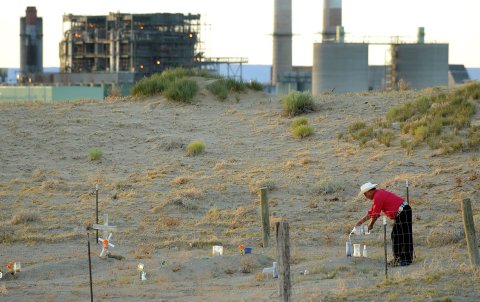
The passage of the Affordable Care Act in 2010 included a reauthorized Indian Health Care Improvement Act, an upgrade to the 1976 initiative. Before it could really go into effect, however, the government shutdown in 2013 further crippled an already-deficient tribal health system. The IHS had its budget cut by 5 percent. Three years later, that slash has had the cumulative effect of some 800,000 patient visits missed because of insufficient funds.
There's another sinister saying among Native Americans: If you need quality health care in Indian country, commit a crime. After all, the U.S. government's per capita investment for the IHS is about one-third of that for the Federal Bureau of Prisons—and even though it's not exactly world-class, health care inside correctional facilities is better than what natives typically receive outside.
"We have to take this issue into our own hands," says Rivera. She was one of the first three employees of the AICF, founded in 2011 by Dr. Dave Perdue, a Minneapolis-based gastroenterologist. The team has since grown to 15 people, who pound the pavement across the Northern Plains, from Minnesota and Wisconsin to Montana and the Dakotas. "They're really doing shoe-leather public health," says Perdue.
Rivera, who is Haudenosaunee and from Rochester, New York, is a former math teacher who drives around Indian country providing eight-hour workshops on the anatomy of the digestive system and colorectal cancer risk factors. She also does shorter sessions at recreational and residential facilities for Native Americans, as she did at the Indian Neighborhood Club, urging people to go in for testing. She takes aim at practically every Native American she sees to promote colonoscopies. "For me, they have a target on their back," she says, and she's relentless with her follow-ups. "Once you hook 'em, you need to make sure they go from start to finish."
She did that with LaFontaine. On May 16, 2011—he knows the date by heart ("5/16/11," he rattles off)—he went to Fairview Southdale Hospital in Edina, a Minneapolis suburb, to get a colonoscopy. Doctors there found two 5-millimeter polyps they said could become cancerous if he didn't do anything. LaFontaine's income was under $27,000, so he was able to sign up for the Sage Scopes program, which provides free coverage for colorectal cancer screening and surgery. It was a $4,000 savings—and it probably saved his life. But had it not been for the AICF's efforts, he never would have even known to get tested.
The grassroots educational movement is gaining traction. In 2007, only a quarter of Native Americans between 50 and 75 were getting screened for colorectal cancer. Now that number is above a third. But that's still nowhere near the goals set by the American Cancer Society's "80 by 18" initiative—to screen 80 percent of age-appropriate people by 2018. Things have gone much better in non-native populations, where colorectal cancer screening rates in the target age range have already reached nearly two-thirds. And because of that, there has been significantly decreased mortality across all populations in the United States. Except for Native Americans.

Part of the problem is resistance among native populations. Many are superstitious when it comes to cancer, fearing that even uttering the word will bring on the disease, and also distrustful of mainstream hospitals and clinics where natives have endured substandard care and racism for decades.
Geography further stifles screening pushes. To prepare for a colonoscopy, patients need to clear out their colon. A day or two before the test, they need to stop consuming solid food and switch to only clear liquids. In addition, doctors ask patients to take a laxative to flush the gastrointestinal tract. When your hospital is 10 minutes away, this sort of prep is annoying but not a complete disruption. But many in Indian country live nowhere near a health facility. Across the Great Plains, colonoscopy suites are few and far between. And in Alaska, a person may have to take a snowmobile to a landing strip to take a plane to a regional airport to get a colonoscopy in Anchorage. Asking someone to do bowel prep before such a journey is like a cruel joke.
Ultimately, the main impediment is lack of finances. Rather than using private insurance, Native Americans have historically relied on the IHS, the government-funded health system that is supposed to meet the tribal treaty obligations for the U.S. to provide health care to Native Americans. But the IHS doesn't have nearly enough money to meet those goals—and it does not typically cover preventive services like colonoscopies, anyway.
One of the reasons the IHS can't get additional funding is that there are federally recognized tribes in only 35 of the 50 states, and it is not politically expedient for the 30 percent of senators who do not have Native American constituents to vote for allocating additional federal dollars to the program. "Thus far, given the option, Congress would rather let Indians die than adequately fund the Indian Health Service," says Warne. "We are not receiving 'all proper care and protection'"—the specifics guaranteed by the tribal treaties—"so, in truth, the federal government is in violation of the treaties. And the treaties are essentially contracts. I think if there's an unnecessary death, you should look at how the federal government is in breach of contract in allowing unnecessary death."
The alternative to the IHS is private health care. Getting Native Americans to sign up for private insurance has been made easier by the Affordable Care Act, but it's still a challenge. "Especially for a population that says, 'Health care is a right for us—why do I have to go through all this paperwork?'" Perdue says.
There are some signs of improvement. For example, the Great Plains Tribal Chairmen's Health Board recently secured $732,400 from the Centers for Disease Control and Prevention for the first year of a half-decade-long program to increase colorectal screening rates. And President Barack Obama's fiscal year 2017 budget has requested $6.6 billion for the IHS, $402 million more than 2016 and a 53 percent uptick compared with 2008. Ideally, a large portion of that money will go toward the type of education and screening that could have saved Robert DesJarlait, a 69-year-old retired artist and writer from the Ojibwe tribe in Minnesota, from ever getting cancer.
In April 2013, DesJarlait went to the hospital after collapsing twice in a short period of time and finding blood in his stool. The doctors discovered he was low 2 pints of blood and feared there might be something seriously wrong with his digestive tract. DesJarlait had Medicare coverage, so he was able to get a colonoscopy at the University of Minnesota Medical Center. It revealed he had Stage I colorectal cancer, and shortly thereafter he had surgery to remove the foot of his colon. "Crisis averted," he recalls thinking.
His diagnosis required him to go in for an annual CAT scan, and in late May this past year, his third-year scan revealed a cancerous lesion on his liver. Though his doctors believed they had nipped his original tumor in time, this was a likely sign that his cancer had metastasized—colorectal cancer is known to spread to the liver when it goes untreated. He had a procedure at the end of June to remove the lesion, and a biopsy will reveal whether it was malignant. If it was, he'll have to undergo chemo. His life is almost certainly at risk, though he remains upbeat.
"I don't feel like I'm a victim," DesJarlait says. "I believe I was chosen to do this by the Great Spirit." He now uses his Facebook page to help educate others about colorectal cancer—specifically about the very simple solution that could help save the lives of the nearly 400 Native Americans who die each year from the disease: "If I had gotten a screening when I turned 55," he says, "I would have never gotten cancer."



